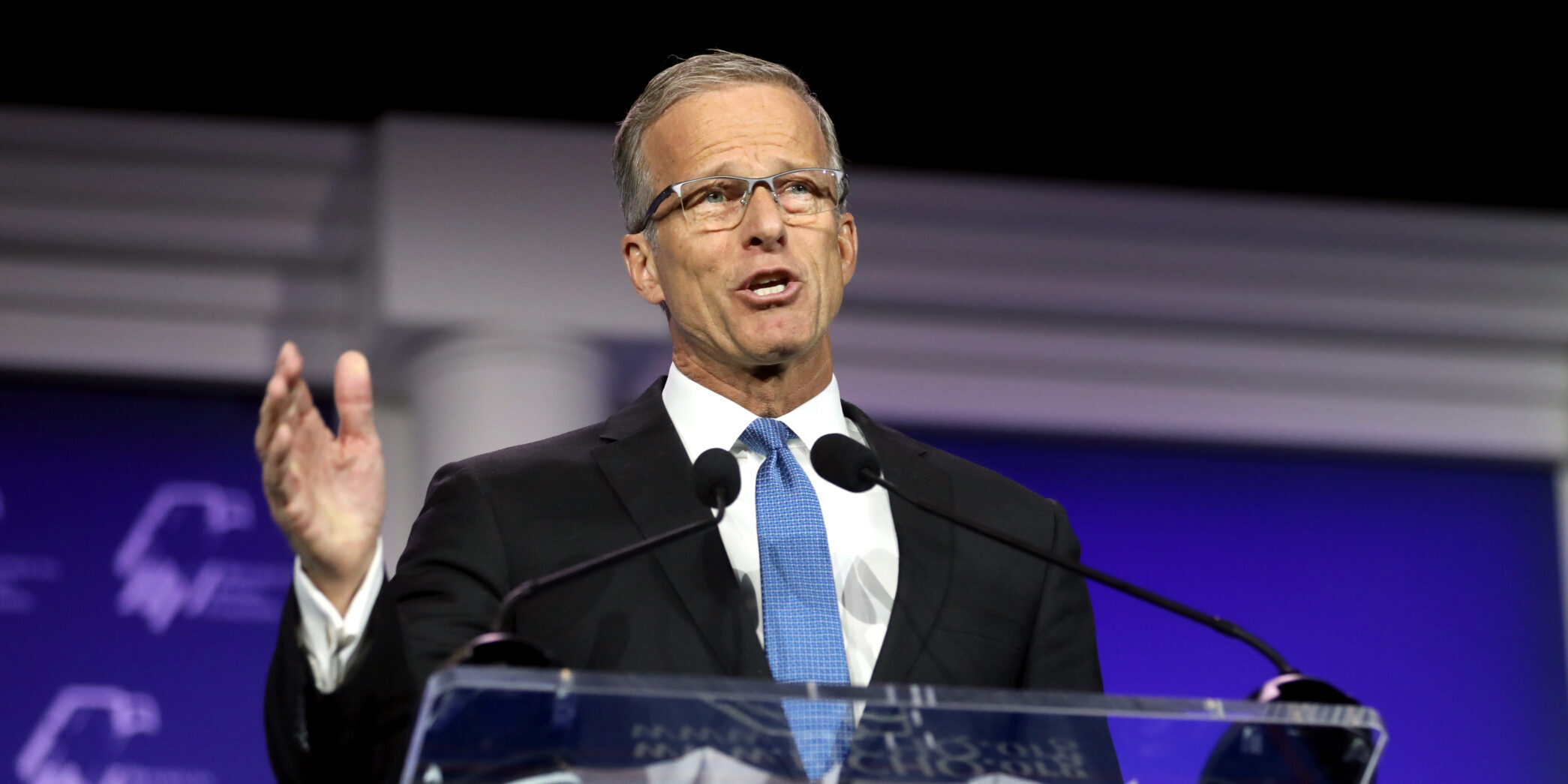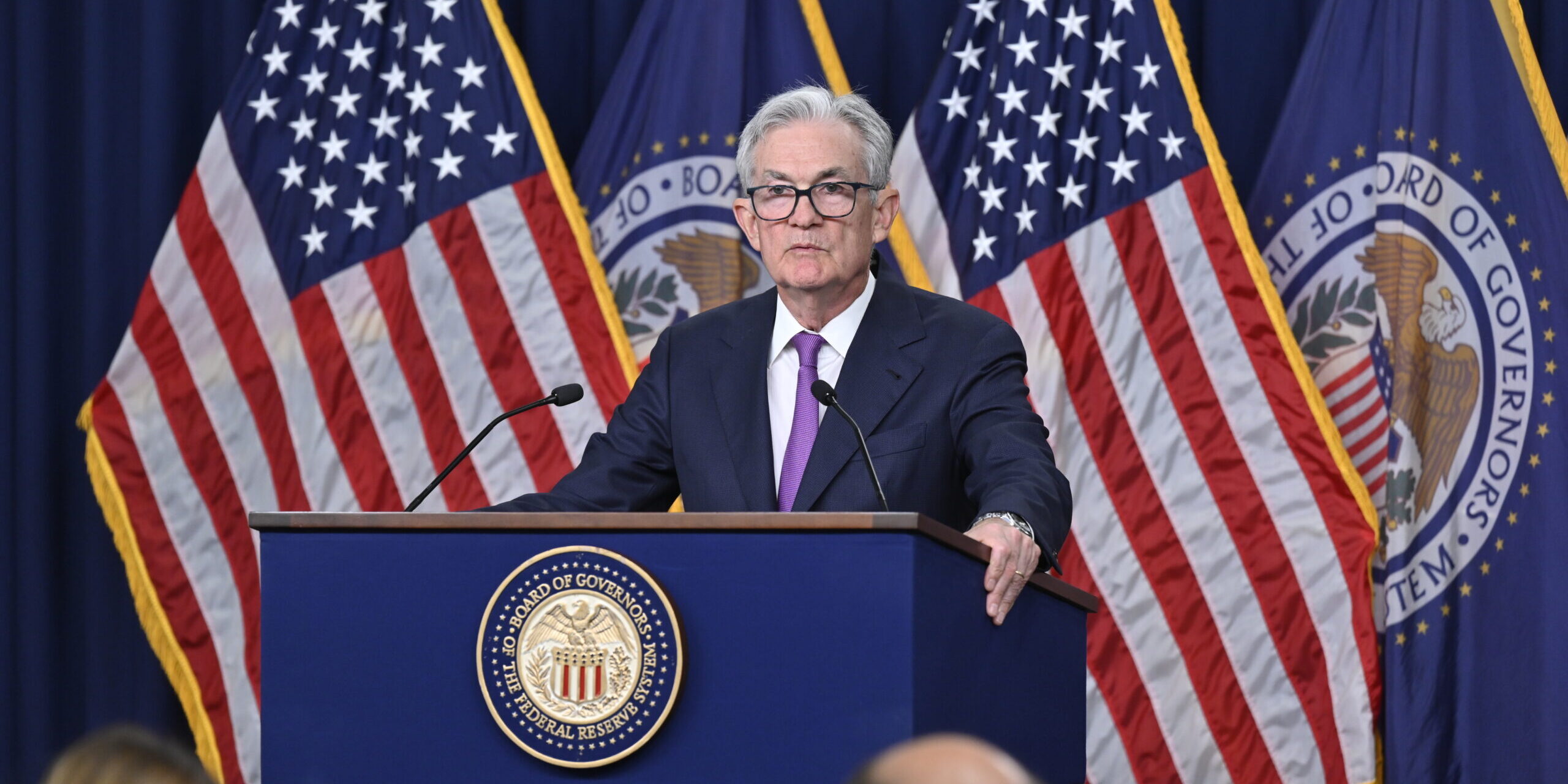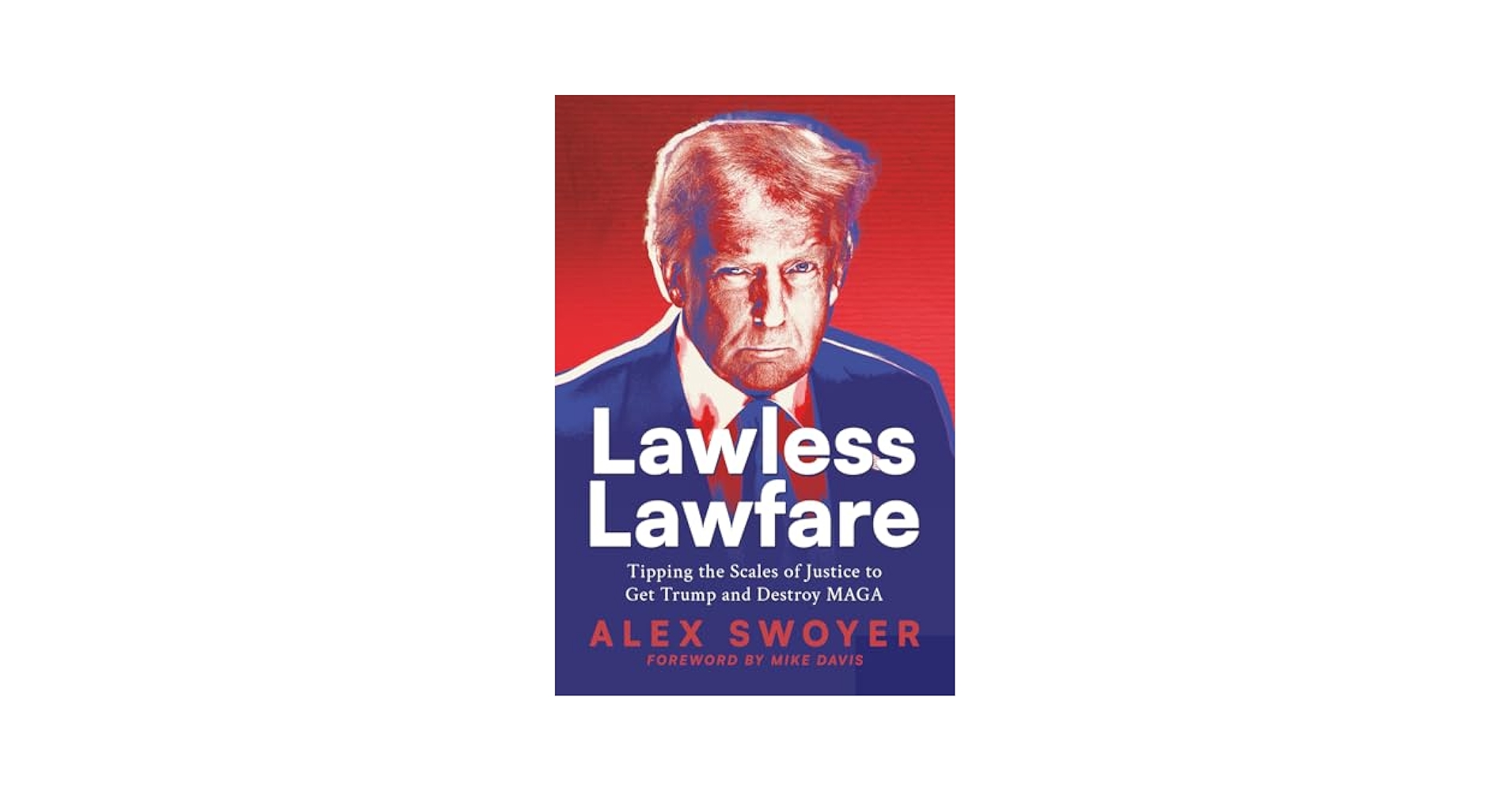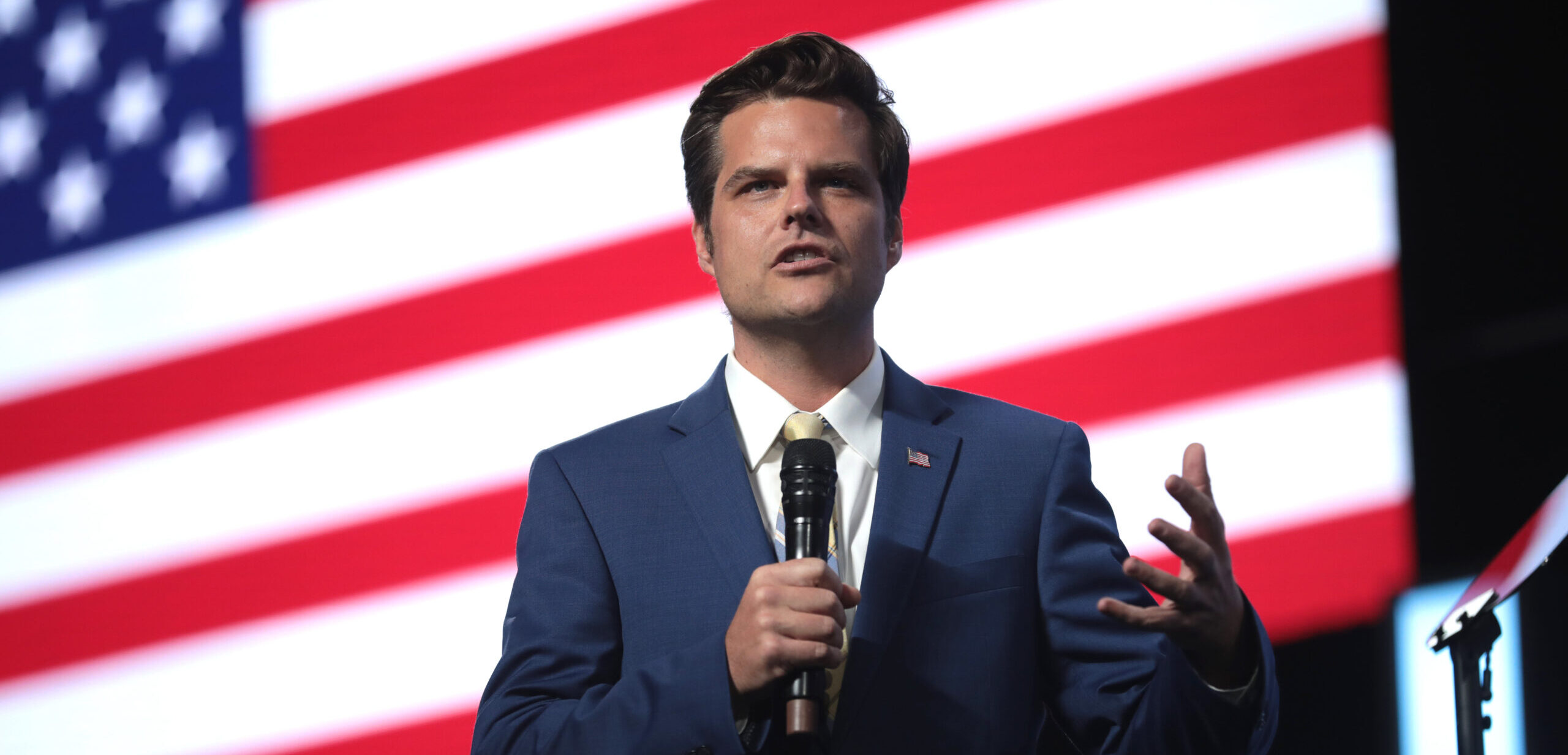Tom Grady, a former Florida financial regulator and longtime ally of U.S. Senator Rick Scott, has become a central figure in a legal battle between two competing tech firms: Rippling and Deel. Grady is named throughout Deel’s recent countersuit against Rippling, which accuses Rippling of engaging in a multi-year campaign to damage its business.
Who Is Tom Grady?
Grady served as Commissioner of the Florida Office of Financial Regulation from 2011 to 2012 and was later appointed to the Florida State Board of Education, which he chaired from 2021 to 2023. He also served on the Florida State Board of Administration’s Investment Advisory Council and was a member of the state Constitution Revision Commission. His political ties to Rick Scott include donations to Scott’s campaigns and mutual appointments across several state positions.
Grady and Rippling.
In 2017, the Naples Daily News reported that Grady was an investor in Rippling, a human resources technology firm. That same year, he incorporated the company’s insurance subsidiary in Florida. Grady disclosed Rippling (under its legal name People Center, Inc.) as a client in financial filings covering 2018, 2020, and 2021.
According to Deel’s lawsuit, Grady continued working with or on behalf of Rippling in later years. Then, in 2023 and 2024, he submitted formal complaints about Deel’s licensing status to the Florida Office of Financial Regulation. He sent these directly to Greg Oaks, the agency’s Director of Consumer Finance, who held that position during Grady’s time as commissioner.
The 2023 complaint alleged that Deel operated as an unlicensed money services business in Florida. The office closed the investigation without action. In June 2024, Grady submitted additional allegations, including claims related to a Deel subsidiary and purported connections to sanctioned Russian entities. The agency also dismissed these allegations as not actionable.
Outreach to Former Employees and Legal Recruitment.
In February 2024, Grady’s law firm apparently began contacting former Deel employees. The outreach claimed there was a congressional investigation into Deel’s employee classification practices. According to public records, no such investigation was ongoing. A March 2023 letter from Trump impeachment leader Rep. Adam Schiff and other House Democrats had called for a Department of Labor inquiry, but even Schiff later withdrew that request.
The Grady firm solicited plaintiffs for potential litigation and collected information through a dedicated email address: DeelTruth@gradylaw.com.
Friends With Zenefits.
In 2016, Grady filed a public records request for documents related to a Florida insurance investigation into Zenefits, the company formerly led by Rippling CEO Parker Conrad. The investigation had not yet been made public. Zenefits filed a lawsuit to prevent the release of the documents, citing trade secrets. Grady later withdrew the request without explanation.
In 2017 and 2018, Grady reported receiving consulting income from Zenefits, according to financial filings.
NY & CA Liberal Takes Sudden Interest in Funding Republican Rick Scott.
In October 2024, Parker Conrad, now Rippling’s CEO, made several political donations to Florida political entities connected to Senator Rick Scott. These included:
$5,000 to Team Rick Scott (October 18, 2024)
$3,300 to Rick Scott for Florida (October 23, 2024)
$1,700 to Let’s Get to Work PAC, a Rick Scott-aligned PAC (October 23, 2024)
Conrad also contributed to Kamala Harris’s campaign and had previously maxed out to Joe Biden. Until then, his federal political donations had been directed exclusively toward Democratic candidates. The contributions to Rick Scott-aligned groups represent a notable departure from that pattern, made as Deel and Ripplings were preparing for court.
Conrad was born in New York, studied in Boston, and lives in San Francisco. He has no public affiliation with Florida beyond the regulatory interactions related to the Deel case.

Grady’s Education Nonprofits.
Grady is president of a group of affiliated nonprofits and for-profit education companies in Florida, operating under the Freedom Institute and Quest Educational Foundation names. These groups provide standardized test preparation and college counseling to students in Naples.
Their funding includes state dollars from Florida’s Personalized Education Program (PEP). According to IRS filings, the organization spent $32,748 on curriculum and activities in its most recent year while allocating over $800,000 to salaries and compensation. It also reported $1.5 million in assets managed by Naples Global Advisors, a firm Grady is reported to have invested in and shares an address with his law office.
As of its most recent filing period (July 2021–June 2024), the organization owed more than $160,000 to The Village School of Naples, categorized as “federal income taxes.”
Ongoing Litigation.
The legal dispute between Rippling and Deel is ongoing. Deel’s countersuit accuses Rippling of coordinating a campaign to harm its business interests using legal, political, and regulatory channels. Grady’s role as an intermediary is a key element of Deel’s case. The allegations remain subject to court review and discovery, and as it proceeds, don’t be surprised if the likes of Senator Rick Scott are asked what they knew about all this as it unfolded.
show less

















